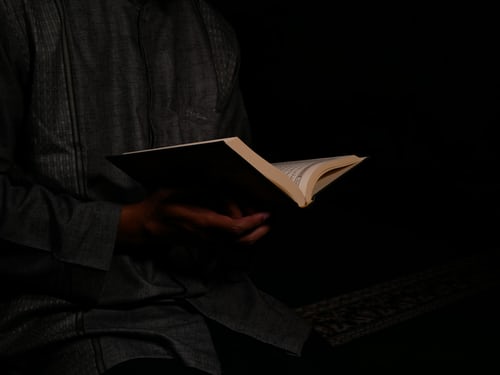Inspiring Older Readers
 posted on 15 Apr 2019
posted on 15 Apr 2019
Rereading Don DeLillo’s Underworld
‘The Great American Novel’ is not a phrase one hears all that frequently now but in the 1960s and 70s it was a hotly debated concept. Did such a thing exist? Could it exist? Had it already been written? Who were the real contenders?
The last novel that I can recall being seriously discussed in such terms was Don DeLillo’s Underworld, published in 1997. It seemed ready and able to grasp the title with both hands. Not only was it gigantic – over 830 pages – it was a novel for the millennium and it seemed to collapse within its pages everything of significance in the second half of the twentieth century, the American century. Robert McCrum said that Underworld “is the work of a writer wired into contemporary America from the ground up, spookily attuned to the weird vibrations of popular culture and the buzz of everyday, ordinary conversations on bus and subway”. Joyce Carol Oates has described DeLillo as “a man of frightening perception”.
With its weird Pynchonesque story mixing baseball, the paranoia of the Cold War, the worst excesses – including the political murders – of the 1960s, waste as a cultural artifact, urban decay, the interconnectedness of everything and – perhaps most importantly – conspiracy theories and alternative facts, it is true that it still reads as a hugely prescient novel, attuned way ahead of its time to the cultural and social trends that blossomed like mutant hothouse flowers and gave us the information age, the internet, surveillance capitalism, the Trump White House, and a global age of terror that would last a generation.
The novel famously opens at the 1951 “shot heard around the world” baseball play-off between the Giants and the Dodgers, the first baseball match to be televised, when the Dodgers’ Bobby Thomson sent a home run ball deep into the stadium crowd. The significance of the game is that it quite literally launches Underworld and establishes its trajectory, for what links many of the most memorable characters in the book is their obsessive search to possess the lost baseball from the 1951 play-off series. This era-defining baseball game – seen live on TV by tens of thousands of US troops stationed in Korea – is set against the first Soviet atomic bomb test.
The novel has a truly Dickensian cast of characters and the most memorable are magnificent creations – pungently voiced oldsters, American Italians, Jewish émigrés, junkies, hustlers, zen graffiti masters (their ‘schools’ of assistants as stratified and competitive as the workshops of the Renaissance masters). A Texas Highway serial killer whose drive-by shootings of lone drivers are terrorising the nation. The anti-war conceptual artist Klara Sax; Nick and Matt Shay, delinquent brothers, their respective careers – Nick in waste management, Matt in nuclear weapons research – offering two of the book’s most important themes. Sister Edgar and the downtown monks of 70s New York whose rounds take in the worst of the projects, the crack houses and shooting galleries, the homeless huddled around trash can fires under bridges, the burnt-out buildings and back alleys teeming with rats that have grown gross from feasting on dumped hospital waste.
Pitched somewhere between conspiracy theory, nightmarish phantasmagoria, urban legend and a cultural visionary’s howl of despair, Underworld has much that should make it truly great. DeLillo’s prose is second to none. His headlong rushing baroque sentences unspool unstoppably, a Large Hadron Collider of ideas. The sensation of a sort of baleful momentum is utterly palpable.
And the fact is, if the whole of Underworld’s 830-odd pages were as undeniably great as the first two hundred or so pages are, it would indeed be a remarkable achievement. But something goes awry and at about the half-way mark it seems that even DeLillo can no longer marshal the forces he has unleashed. The great set pieces of the novel – some of which are genuinely extraordinary – become buried, diminished by the sheer profligacy of the novel rather than enhanced. I managed to finish it but only by dint of skim-reading the last three hundred pages.
I think, in conclusion, that Underworld is certainly one of the most audacious American novels of the twentieth century, but its parts are greater than the whole. I can’t resist the feeling that there are parallels between DeLillo’s work and that of William S Burroughs. Burroughs is another maverick, outsider novelist who writes great bits but not great books – vignettes, set pieces, ideas, routines, whose language will live forever. Such a tactic may sustain a three hundred-page novel (just) but not one clocking in at over 830 pages.
Given what I know of DeLillo’s other work and of the themes and ideas that preoccupy him, I feel sure he would say that the failing is ours rather than his, that we have become flabby, softened and diminished, so busy selling our flickering forgetful eyeballs to the tech giants that we have become incapable of the kind of sustained attention a work like Underworld demands. Certainly, few recent rereadings have left me feeling quite so exhausted.
Alun Severn
April 2019